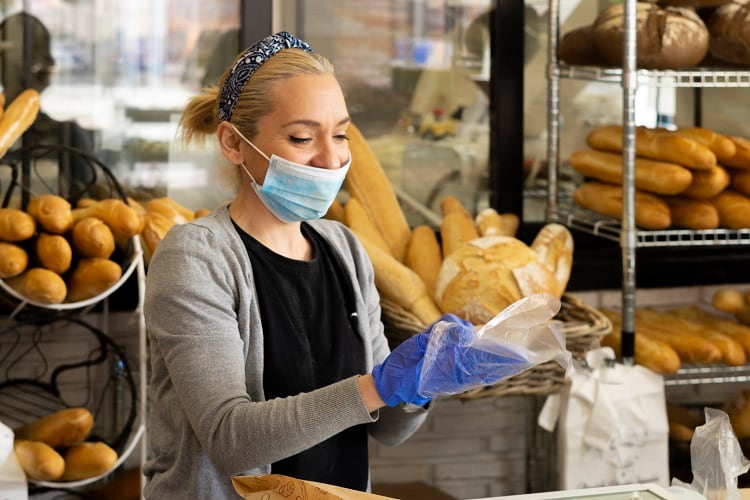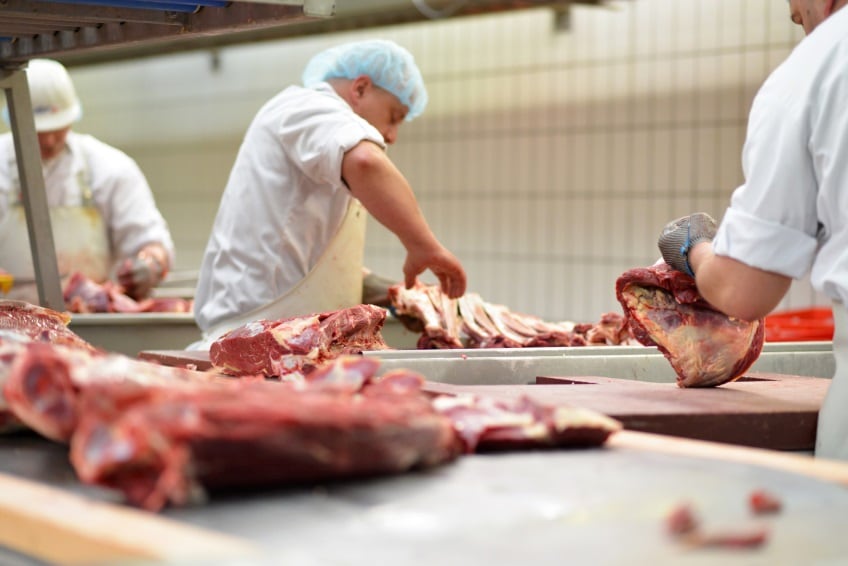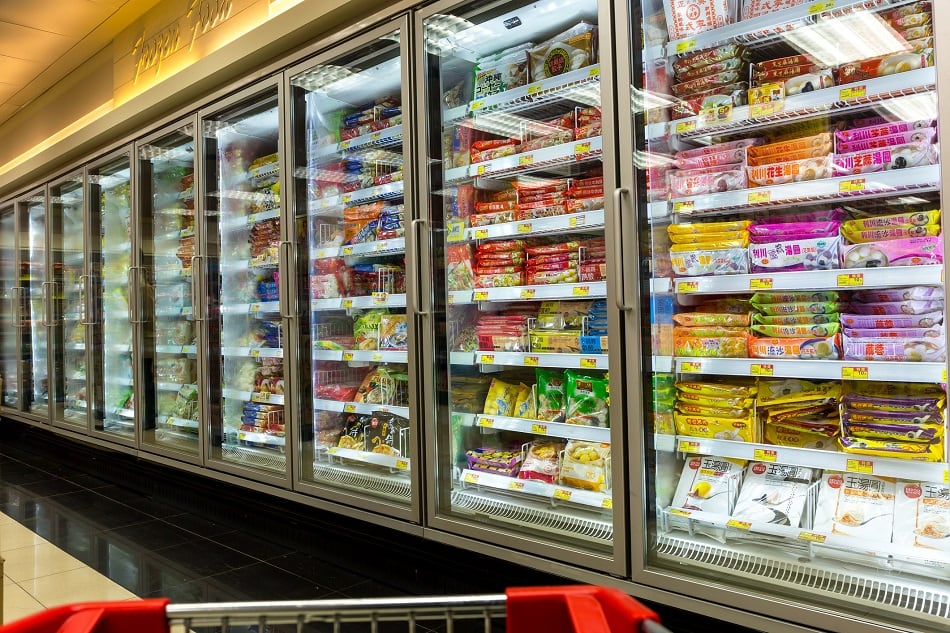The most recent barometer marks the third undertaken by French trade group ANIA (Association Nationale des Industries Alimentaires), since the beginning of coronavirus outbreak.
The first, published at the end of March, illustrated a ‘standing sector’, acting to ensure the continuity of the food chain without shortages or disruptions. The second, which came out mid-April, highlighted the costs associated with maintaining business activities amid lockdown.
And now, ANIA’s third edition – published 12 May – suggests that turnover has taken a significant hit. The sweet grocery and beverage sectors were found to be the most affected.
More than 600 companies responded to ANIA’s questionnaire between May 4 and 7. The cohort included 23% very small enterprises, 57% SMEs, 17% intermediate and 3% large companies.
Of those businesses, 22% work in meat and fish, 11% in fruit and vegetable processing, 9% in dairy, 16% in grain, bread and pastry, 10% in sugar, chocolate, tea and coffee, 8% in prepared meals, 15% in drinks, and 16% in other food products.
More than 70% of respondents indicated a drop in turnover since the coronavirus outbreak hit. Twenty-two percent of respondents said loss exceeded 50% compared to usual activity.
Smaller businesses appeared to be amongst those worst affected, with between 70%-80% of small and very small-sized companies reporting a decrease in turnover.
Findings also revealed a concern for the impact of inflation on food products. If inflation on processed food products is moderate, or non-existent, food companies will incur additional costs.
“The price increases for raw materials, transport, maintenance or employee protection equipment have increased production costs by an average of 9% since the start of the crisis,” explained ANIA.
Concerning staff attendance, the businesses reported absenteeism has been contained at a ‘low level’. In May, the rate dropped significantly to 8.8% - compared to 12% in April. Activity rates rose in May to 73%, up three percentage points from April, and just 2.4 percentage points off the rate at the start of the crisis.
Moving forward, the businesses surveyed indicated the implementation of new policies could help industry recover in the coming weeks and months.
These include financial aid for businesses or hard-hit markets including very small businesses and out-of-home catering, and support for ecological and digital business transitions, which they feel could strengthen industry’s resilience in the ‘new normal’.





